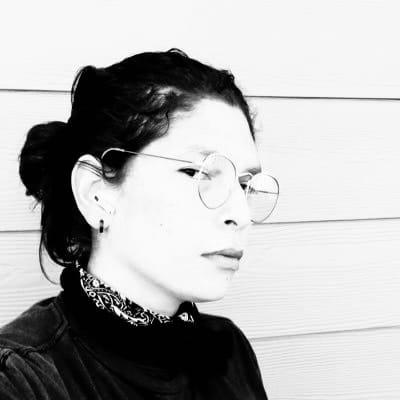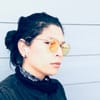
My Journey From Lifetime Pencilist to Beginner Painter
My father taught me how to draw in my earliest childhood memories. We laid on the living room carpet together with paper, pencils, and postcards he collected from the store. Dad preferred to draw from likenesses so he kept pictures he liked to draw when he got home. Being a child, my father's art skills were the most magical thing in my proximity which inspired a lifetime of artistry. As my father got older and busier with work he dropped the pencil to fully apply his energy to keeping our family afloat. Part of that reality pains me to this day, and I'm afraid of letting my inner child die.
Being a child, my father's art skills were the most magical thing in my proximity which inspired a lifetime of artistry.
Plus the way the world is moving toward AI generated work I feel a rising resentment toward that tech on behalf of my artist counterparts around the world who stuck with their work and made it their livelihood.
Now is the worst time to get into art as a career. Which is why I want to do it. Because transhumanist cybernetics seek to smear the human spirit of creativity. And I feel like the most subversive thing I can do is to embrace my humanity.
Part of that reality pains me to this day, and I'm afraid of letting my inner child die.
I could just post drawings on my blog, but to be honest I've always wanted to paint. Since I have an iPad and an Apple Pencil I feel there's really no excuse for not giving it a spin until I can afford the money and space for a traditional art studio. And I think the depth and color of painting would match the aesthetic of my website better than mere black and white drawings. Not to mention I've been mesmerized by TikTok painters lately, and I've seen them do some things I want to try with my own hand.
I. Building a New Process
When you've already gotten good at one medium you know exactly what it takes to get good at another. Hella fucking practice. Thousands of exercises. So I had to start using a new process to get me from a blank canvas to a finished painting. To being, I started with a rough line sketch to give me an idea on proportions, ratio, and placement. Nothing perfect; I just wanted to blaze past this step so I could get to the fun part and start painting something.
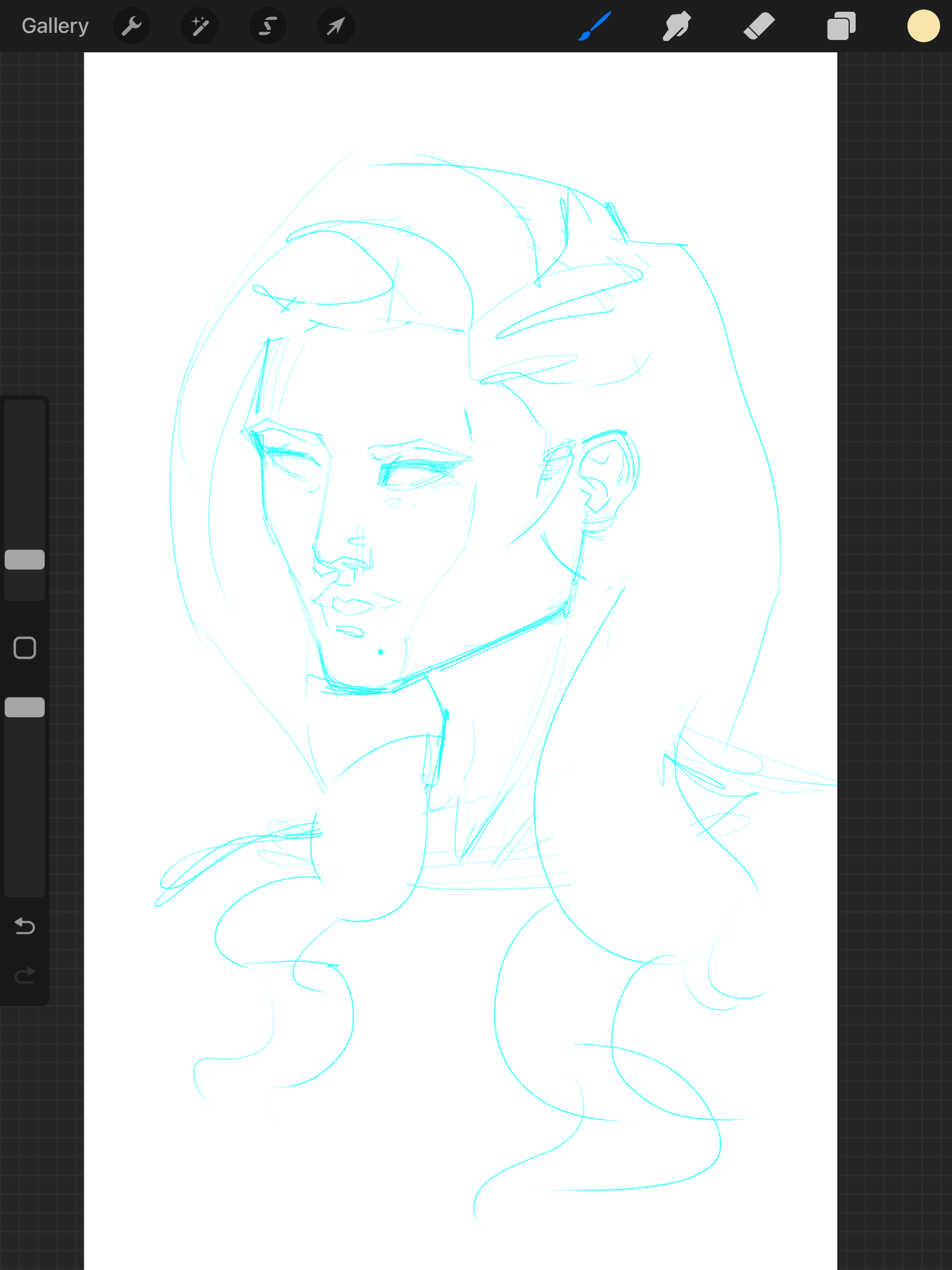
Not my best sketch, but I'm trying to get to the fun part. And to do that I wanted to start with an underpainting. Something I had never heard of before social media let me watch traditional artists work on a canvas behind the scenes. Underpaintings make so much sense after having it explained to me over the internet. I couldn't believe I had never heard of the technique before. And there seem to be a few different schools of thought about what color the underpainting should be. I settled on some advice I found by Da Vinci who advised painting on black to help focus on the concept of painting light instead of color.

So I slipped a solid black layer under the drawing, and started spotting surfaces directly facing the light source while blending those lit surfaces into the darker surfaces. It's the antithesis of my drawing process using a black pencil where my first steps after sketching is to spot blacks and blend into the light. Which made this part of the process fresh and novel for me; exciting stuff. There's also a bit of color I accidentally slipped on this layer while making adjustments in the next phase when I realize the side of the face was too long.
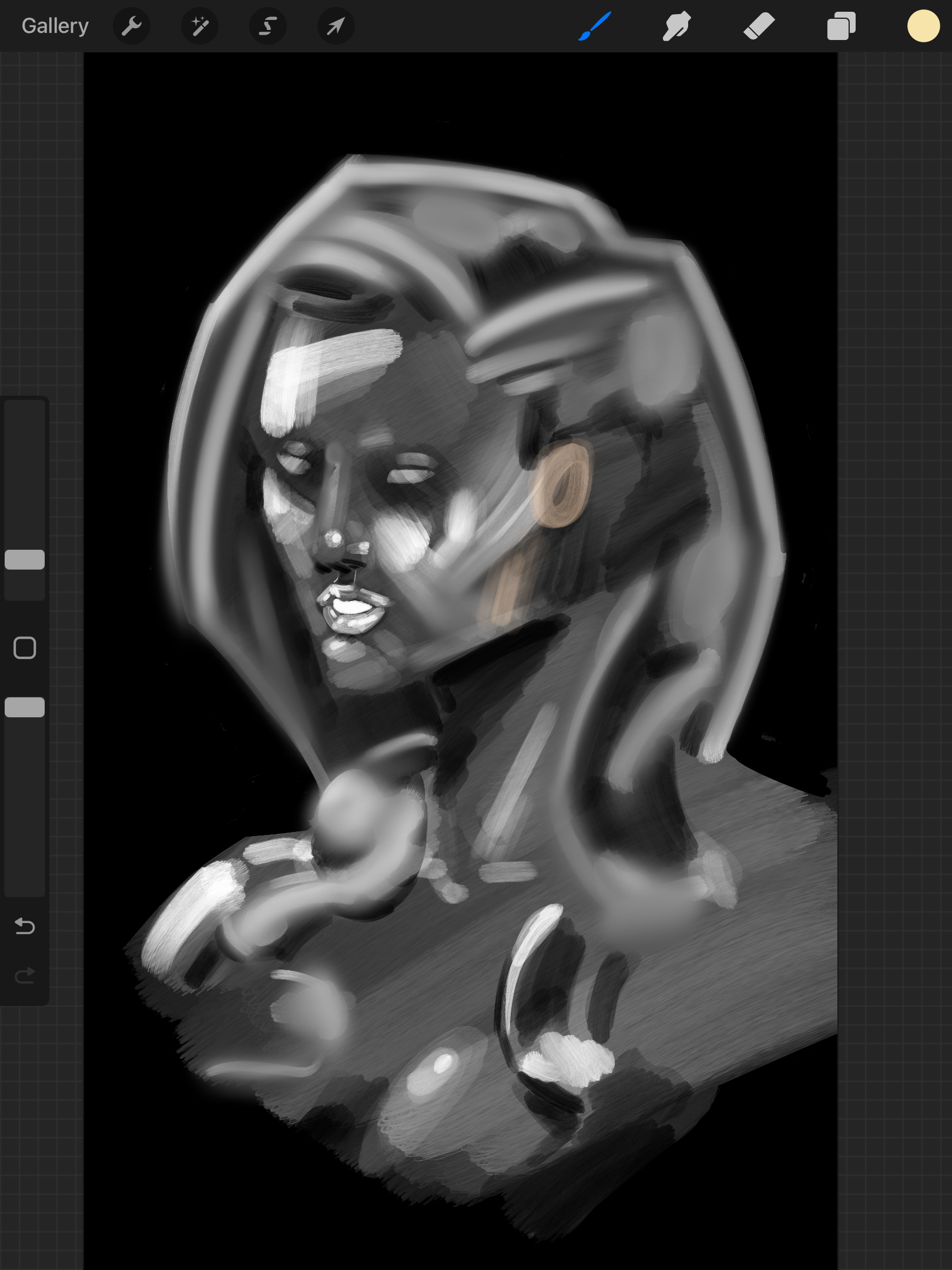
As someone who's making some of his first paintings like this I was extremely impressed the first time I muted the pencil layer and looked at the light value impression. Changing mediums when you already have a lifetime of experience in another leg of the craft just makes it all that much more exciting. I wasn't expecting my first impressions to look this believable out the gate. But in a way it is literally just drawing with a different process. At this point I'm still keeping a loose wrist, and trying to avoid focusing too much on any part of the canvas. I'm trying to keep a bird's eye view of the figure to try and visualize how all the parts fit together.
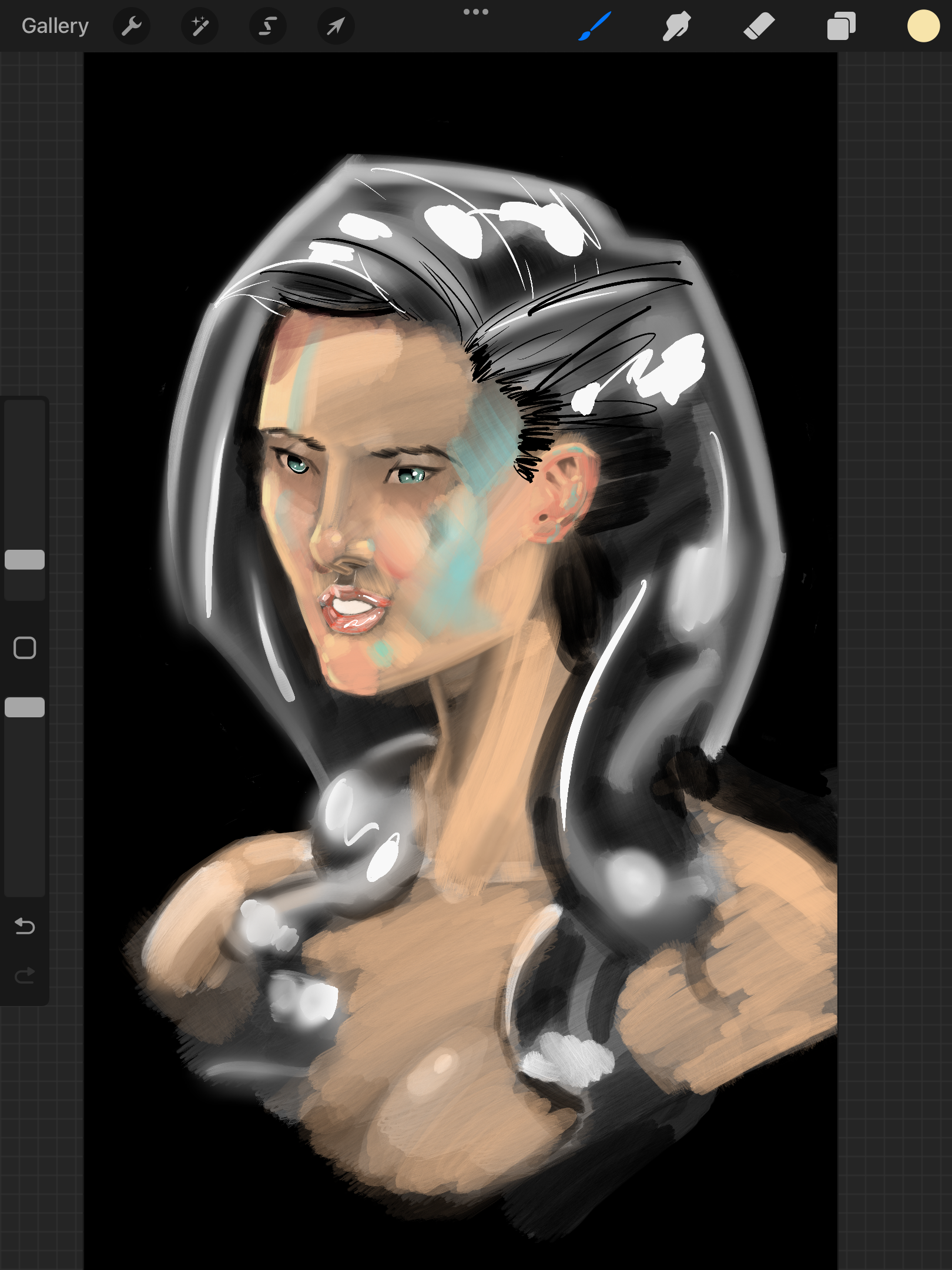
This is as far as this exercise got in the twilight before my bedtime between clouds of weed smoke. I was more aiming to get a feel for the process than looking for a finished piece. I'm also dusting off some skills I haven't used in several years, so there's a lot more going on here than just painting something as though I do it all the time. I'll have to run through this exercise countless times before I feel confident saying I've completed finished pieces. The goal is to push the process a little further each time as navigating the process becomes a more familiar route both on the canvas and in my head.
This is what the practice session looked like on a timelapse:
Timelapse of a painting by the author
II. Incrementing Progress
If I've learned anything from my experience as an artist it's that nothing beats repetition. And as I commit to this daily exercise as a discipline my goal is to push that process a little further each day to what I would call a finished piece. Patience and repetition is everything.
Rather than pressuring myself to complete a finished piece on my first try, I'm aiming to make the process fun. Changing mediums alone did a lot of that for me. Trying a new process reinforced that. But the moment this becomes less of a thing that comes out of me for fun the more it becomes difficult to progress.
Improving at visual art is like planting a tree. It's not something you can expect to turn out overnight. But it's something you can have fun with every day. And if you love it, and are consistent with it, you're going to get better. My goal is to exceed the artist I was yesterday; and do that every day.
II. From Workflows To Flow States
There's a bit of frontal lobe activity coming at this process without a lot of previous daily discipline. I'm mentally engaged with what I think the image should look like. I'm recalling everything I ever learned about drawing, and honestly dusting off some old chops.
My goal is to exceed the artist I was yesterday; and do that every day.
But over time the goal is to make this less of a process that takes place in the frontal lobe to something that becomes a subconscious gesture. Something you just feel. The only way to get there is repetition to increase familiarity. When it becomes something I can shit out at high quality and in shorter time due to a higher level of familiarity I'll start to feel more comfortable opening up commissions. Drawing other people's vision can feel tedious, so I want to approach those requests will a high level of competency around my process before involving other people's preferences. For now this is something of a practice exercise for fun until I hit the mark I'm looking for consistently.
